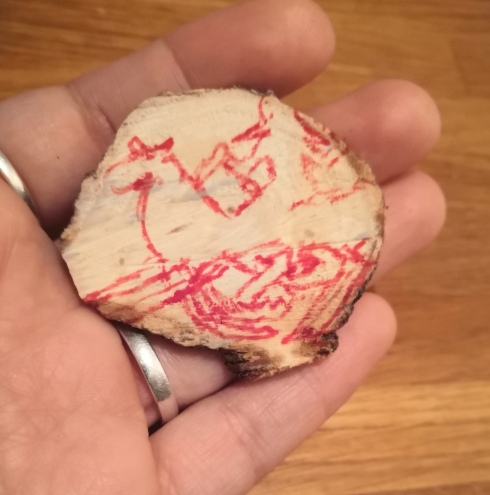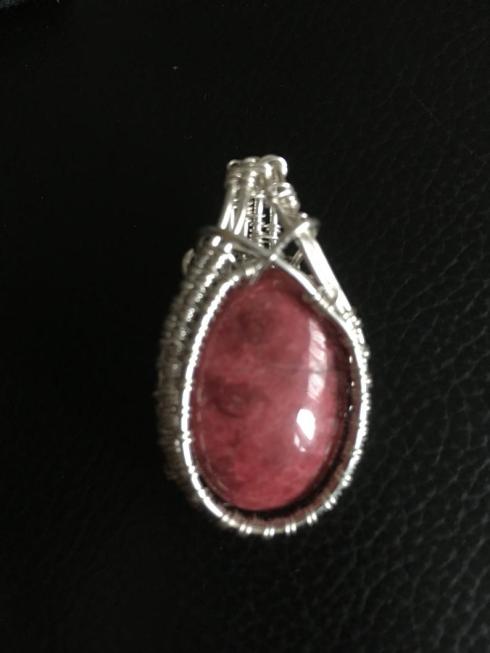
The Oseberg ship, along with several other ships found in Norway during archaeoogical excavations, is on display at the Oslo Viking Ship Museum (Vikingskipshuset). Visitors from all around the world flock to the exhibitions to catch a glimpse of real Viking history. They imagine fierce warriors poised in the ships, navigating the high seas in search of adventure and mischief, commerce and crime. Perhaps their thoughts wander to the image of heathens of yesteryear, as the Vikings became christianized only after their misdaventures began.
Besides the aforementioned Oseberg ship, the mighty Gokstad ship (in its well-preserved state measuring 23.8 meters long and 5.1 meters wide) stands to be viewed. The Gokstad ship was found at the site of the “Kings mound” (Konungrhaugr in old Norse) or Gokstad mound in Sandefjord Norway. The skeleton of a man in his 40s or 50s was found buried along with this largest of ships found in Norway. The skeleton is thought to have belonged to a powerful king or chieftain. The ship and mound date back to the 9th century.
Similarly, the Oseberg ship date back to the 9th century and is believed to have also been involved in some sea voyages. The length of the ship was measured to be 21.58 meters and was 5 meters wide. In contrast, the Oseberg ship was ornately decorated with intricate knotwork, as compared to the more simple and utilitarian build of the Gokstad ship. The skeletons of two women were unearthed. The exhibit text refers to one of the women having been a queen.
Upon closer look and some mental “reading in between the lines”, you might come to notice some curious points not clearly discussed in the exhibit’s accompanying text.
While the Gokstad ship is somewhat larger than the Oseberg ship ( a good meter plus) the Oseberg ship features carvings decidedly more ornate. The amount of time and care that such demands is not insignificant. The Oseberg “queen” was likely not just a queen, but a priestess whose status was based on the role she would have played for her people.
Items such as a ritual rattle (seen below) , a meditating figure seated (reminiscent to a Buddha figure) and other unusual things besides jewelry and vauables indicating status were also uncovered.
Such a rattle would have been wielded and used to create rhythmic sound, perhaps similar to that of beating a shaman drum (several of which were found in Finland and also Norway, belonging to the Sami peoples )
The only individuals accorded higher status than a king would be those holding spiritual power within a society. In indigeneous societies even today, the shaman is charged with traversing the other world, navigating the world of the spirit, gleaning information or helping the dying cross over, or to bring back the sick or wounded. Similar in function in Norse mythology/legend were the Valkyries, women who helped the dead find their final resting place. This coincides with the thought that the Volva, or seeress/shaman-like figure was a woman who could divine using runes and other instruments and go into trance-like states to obtain useful information for her tribe.
The Oseberg ship served as the priestess’ burial vessel and contained many items that would serve her in the afterlife. Perhaps symbolic, or recepticles containing energetic residue that would resonate with her while she and her companion (a family member or perhaps a helper) found their way to the afterlife.
It is still a shame that museum authorities do not see the evidence for the Oseberg “queen” being compelling enough to refer to her as a priestess. Enough artifacts are present to deduce this however as private persons visiting the site. The curious can take their travels to the site where the ship was found and observe whether it “speaks” to them, if they are intuitively inclined or sensitive to energy.

Tags: Finnish shaman, gokstad ship, Historical paganism, nordic, Norway, Oseberg ship, paganism, Sami shaman, Scandinavia, shaman, shamanic history, Viking, viking ship












